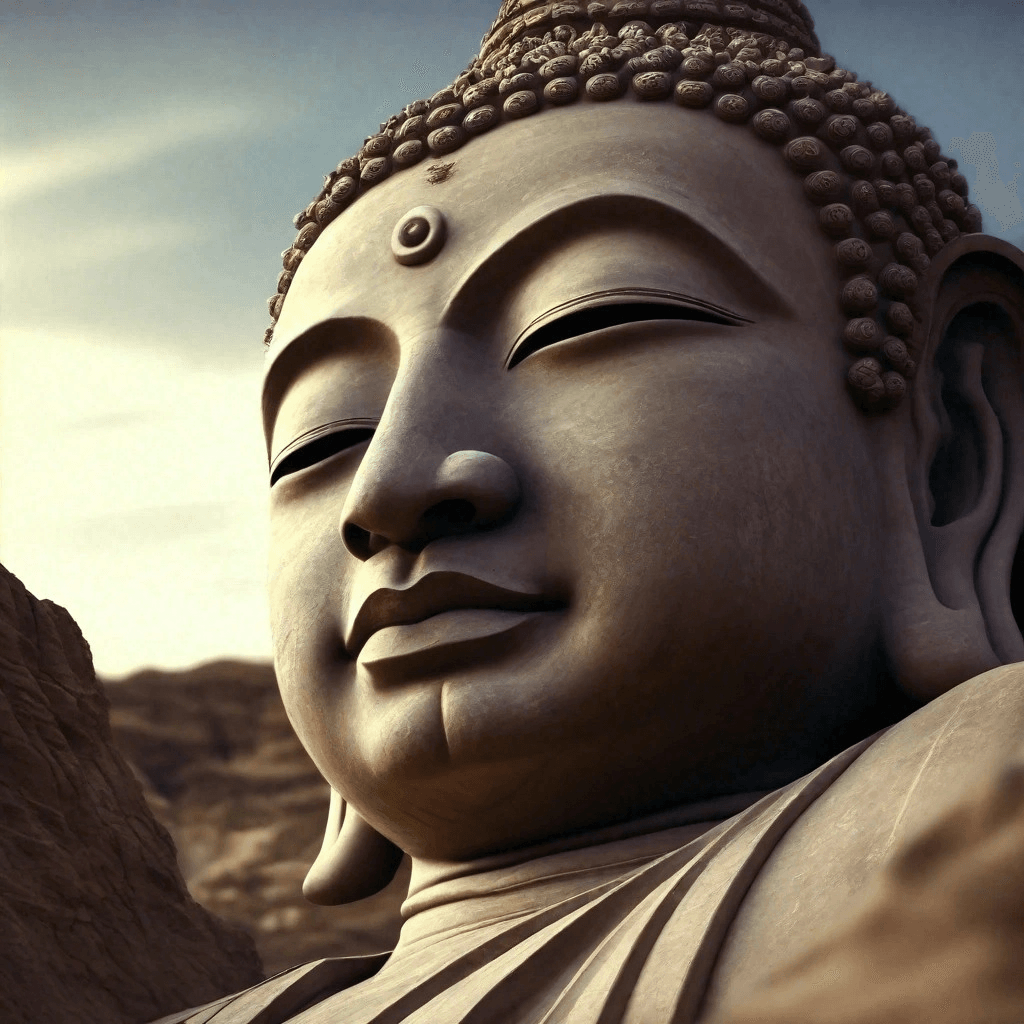
16.A Beginner’s Guide to Mindfulness Meditation
A Beginner’s Guide to Mindfulness Meditation
Mindfulness meditation is a powerful practice that helps cultivate awareness, reduce stress, and enhance overall well-being. For beginners, starting a mindfulness meditation practice might seem challenging, but with a few simple steps, you can develop a routine that’s both accessible and rewarding. Here’s a comprehensive guide to help you get started on your mindfulness meditation journey.
1. Understanding Mindfulness Meditation
What is Mindfulness Meditation?
– Mindfulness meditation involves paying attention to the present moment with openness and acceptance. It encourages observing thoughts, emotions, and sensations without judgment. The goal is to foster a state of awareness and presence, helping to cultivate a deeper understanding of oneself and the world.
Benefits of Mindfulness Meditation:
– Reduces stress and anxiety
– Enhances emotional regulation
– Improves focus and concentration
– Promotes better sleep
– Increases self-awareness and self-compassion
2. Setting Up Your Meditation Space
Choose a Comfortable Location:
– Find a quiet, comfortable place where you won’t be disturbed. It could be a corner of a room, a cozy chair, or a cushion on the floor.
Create a Calming Atmosphere:
– Consider using soft lighting, soothing colors, or calming scents like lavender or sandalwood. You don’t need anything elaborate—just an environment that helps you relax and focus.
Gather Props (Optional):
– You might use a cushion or chair to sit on, a blanket for warmth, or a timer to keep track of your meditation duration.
3. Finding a Comfortable Position
Seated Posture:
– Sit in a comfortable position with your back straight but relaxed. You can sit cross-legged on the floor, on a cushion, or in a chair with your feet flat on the ground.
– Rest your hands on your knees or in your lap, with palms facing up or down.
Alternative Positions:
– If sitting isn’t comfortable, you can also lie down or practice mindfulness while walking. The key is to find a position that allows you to stay alert and focused.
4. Basic Mindfulness Meditation Practice
Step 1: Set a Timer
– Start with a manageable duration, such as 5 to 10 minutes. You can gradually increase the time as you become more comfortable with the practice.
Step 2: Focus on Your Breath
– Close your eyes and bring your attention to your breath. Notice the sensation of the air entering and leaving your nostrils or the rise and fall of your abdomen.
– Breathe naturally and observe your breath without trying to control it.
Step 3: Observe Your Thoughts
– As you focus on your breath, you’ll notice thoughts, feelings, or sensations arising. Acknowledge them without judgment and gently bring your attention back to your breath.
– It’s normal for your mind to wander. The practice is about noticing when it happens and returning to the present moment.
Step 4: Cultivate a Non-Judgmental Attitude
– Approach your practice with curiosity and acceptance. There’s no “right” or “wrong” way to meditate. The goal is to observe and experience without self-criticism.
5. Tips for a Successful Practice
Start Small:
– Begin with short sessions and gradually extend the time as you grow more comfortable with the practice.
Be Consistent:
– Establish a regular meditation routine. Consistency is key to experiencing the full benefits of mindfulness.
Be Patient:
– Mindfulness is a skill that develops over time. Be patient with yourself and understand that some days will be easier than others.
Use Guided Meditations:
– If you’re unsure where to start, guided meditations can provide structure and support. There are many apps and online resources available to help you with guided sessions.
Practice Mindfulness Throughout the Day:
– Apply mindfulness principles to daily activities, such as eating, walking, or listening. This helps integrate mindfulness into your life beyond formal meditation sessions.
6. Common Challenges and How to Overcome Them
Difficulty Focusing:
– It’s normal to experience a wandering mind. Gently redirect your focus back to your breath or point of awareness without frustration.
Physical Discomfort:
– If you experience discomfort while sitting, adjust your position or use props for support. It’s important to find a position that allows you to relax and stay present.
Impatience or Frustration:
– Remember that mindfulness is a practice. It’s okay if you don’t feel immediately calm or focused. Over time, the benefits will become more apparent.
7. Exploring Mindfulness Beyond Meditation
Mindful Breathing:
– Practice mindful breathing exercises throughout the day to help maintain a sense of calm and presence.
Mindful Eating:
– Pay attention to the taste, texture, and aroma of your food, eating slowly and with intention.
Mindful Walking:
– Take a few moments to walk slowly and observe the sensations of movement and your surroundings.
Final Thoughts
Mindfulness meditation is a valuable tool for enhancing your quality of life and fostering a deeper connection with yourself. By starting with simple practices and integrating mindfulness into your daily routine, you can cultivate greater awareness, reduce stress, and enjoy a more balanced life. Embrace the journey with an open heart and mind, and let mindfulness become a natural and enriching part of your life.



